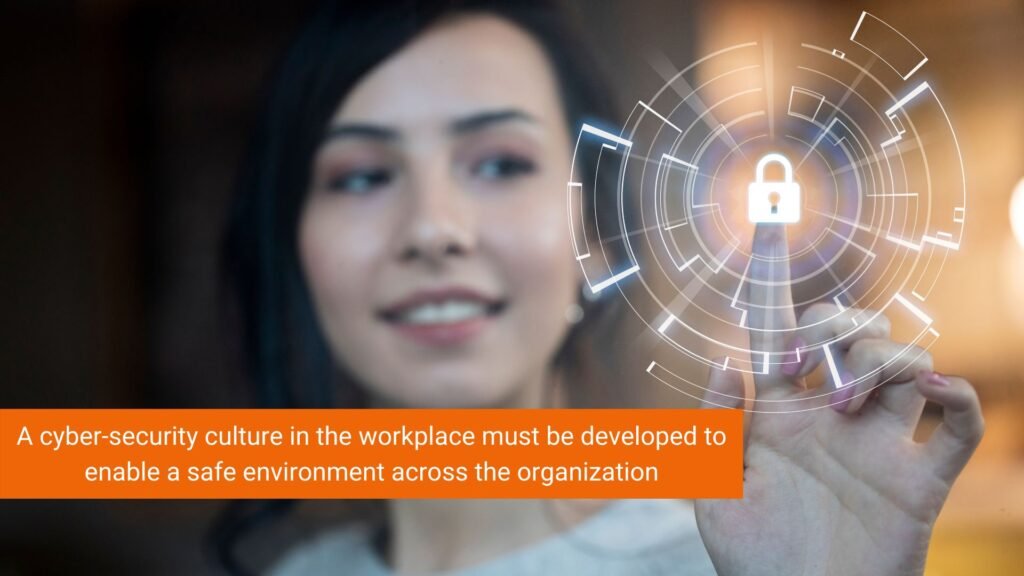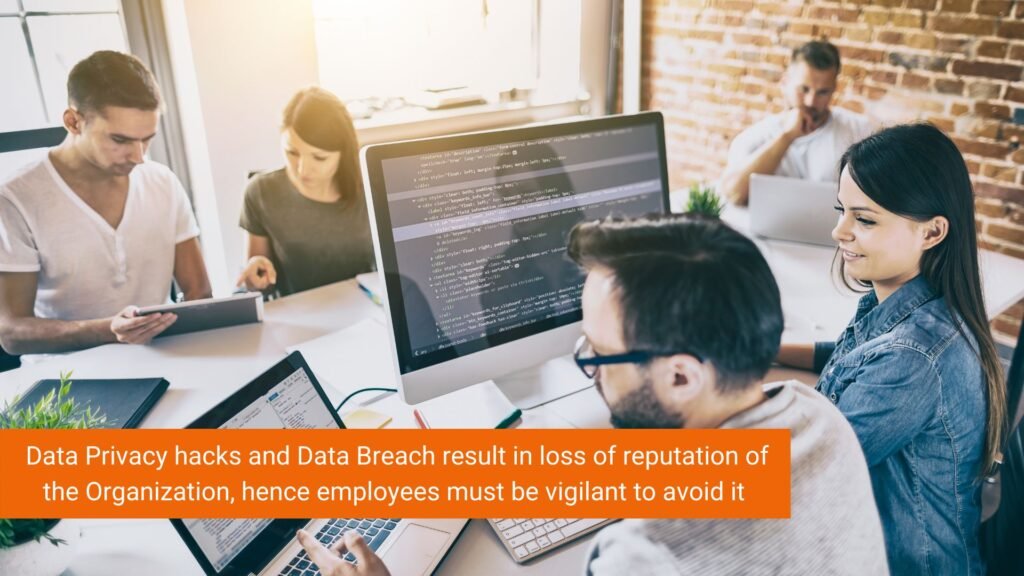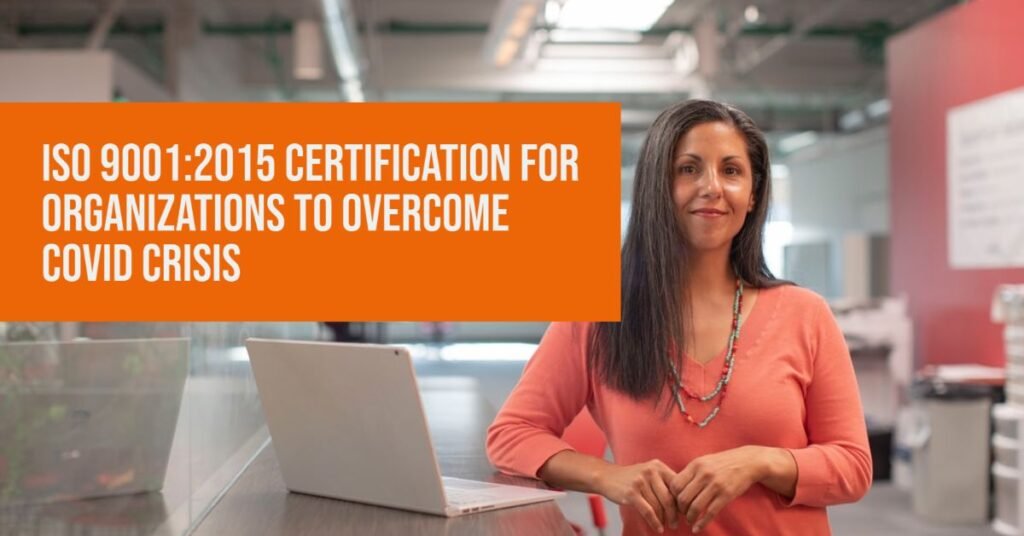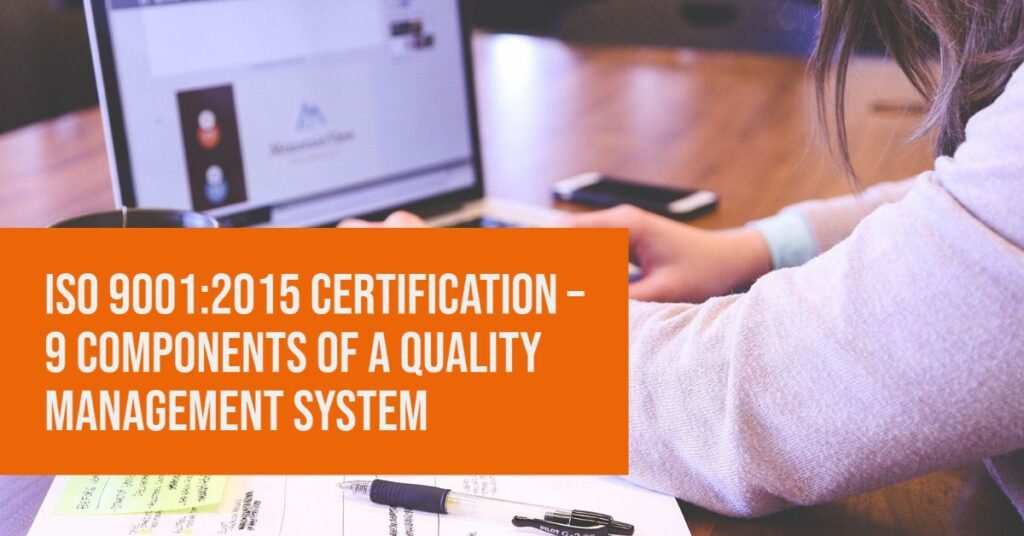To successfully stay secure from cyber-attacks requires a coordinated effort across all levels of business.
Cybercrimes cause significant damage in terms of reputation, information loss, and financial loss for the organization. As the world is increasingly getting digitized the risk of cyber hacks is exponentially high.
Cyber Security Defence – An essential Organizational Requirement to Stay Safe
So, the employees in all organizations must adhere to the cybersecurity best practices to ensure the IT system of the organization remains secure from external data hacks.
There must be a cyber-security culture in the workplace to enable a safe environment where employees can safely share information through internal networks.

Promoting cybersecurity best practices involves making employees aware of the cybersecurity threats and guiding them to amend their workplace behavior to mitigate the potential risks of a cyber-attack.
Maintaining Cyber Security Defence in Organizations
From understanding phishing attacks, promoting the usage of advantage passwords, to basics of encryption, employees must be practicing these regularly.
Small negligence or human error could cost a lot on the cybersecurity front. Also non-compliance to the government regulations on cybersecurity, there could be penalty levied on the company.
How ISO 27001:2013 helps Organizations?
Here is where ISO 27001:2013 comes into the picture. The Information Security Management System Certification ensures the organization follows certain guidelines stated by the ISO Standard to ensure cybersecurity is maintained effectively in the organization.
The ISO Guidelines offer certain frameworks, best practices, and control points to check to ensure all the IT System checkpoints are in place.
ISO 27001:2013 Standard provides guidelines to monitor and manage the existing IT Systems through a well-defined process.
The Information Security Management System is best implemented by taking the assistance of an expert ISO Consultant for a more seamless setup and gaining the maximum benefit out of the system.
Common Work Place Instance Causing Threat to Organization’s Cyber Security Mesh
Most of the common Work Place Instances that is a threat to the Organization’s Cyber Security are in the following categories:
1. Phishing
Phishing is the most common way of obtaining crucial information from a recipient through an email, SMS, social media.
The email or SMS looks like it has originated from credible sources and reputed companies often and the employers who are interacting with email are drawing threat by clicking the linking.
Fraudsters could gain access to organizational information through these links.
2. Issues with BYOD Policies
‘Bring Your Own Devices’ policies are introduced in large companies and educational institutions to offer flexibility and to save cost.
On the flip side, this policy has a compliance flaw when it comes to managing electronic devices. There is an increasing risk of data breaches and information data loss as the devices are on public internet services and then connect with the organizational network.
Also, the organizational IT team will have certain limitations in tracking the devices and gain control over the security aspect of the devices.
3. Data Privacy and Data Breaches
These are two different concepts – Data Privacy and Data Breach that organizations must focus on to avoid data losses and defend themselves from cyber-attacks.
Data Privacy
It is more personal to the employees such as their passcodes, personal, financial, or residential information., etc.,
At an organization front. employees must be trained to keep their devices, wallets, other documents, and files safe from exposing to the public.
Data Breach
When it comes to Data Breach it is a pan organizational level and also the extent to the stored client and customer information.

Data Breaches happen when employees click on unauthorized links from the office system and responding to external communications that are not in the company database by mistake.
4. Ransomware Attacks
Ransomware attacks happen on the cloud-based computing systems and server level.
Large organizations, Government Services, healthcare, and schools would get affected as their daily operations will be stalled due to attacks on the servers.
These large-scale cyber-attacks destabilize the systems on a large scale and disrupt the general functioning of businesses causing monetary and reputational damage.
5. Human Error and Negligence
Human Error and Negligence cannot be avoided in the real-world as a major threat to an organization’s cybersecurity.
Whether through clicking a link or opening an email, the employees pose a threat to the company’s cyber defense.
Often in large organizations when there are multiple touchpoints to interact with all stakeholders at multiple levels there is a high chance for vulnerabilities.
Large companies have too many interactions and entry points such as:
- Communication with customers,
- Communication with Supplier for procuring resources
- Financial transactions and other communications
- and more…
Cybersecurity Skill Training and Simple Security Tips for the workplace
Empowering employees at the workplace with cybersecurity best practices is a must-have in every organization.
Organizations must invest in Cybersecurity standards Certifications and ISO 27001:2013 and other data security standards to safeguard the organization from any potential cyber-attack.
From making employees more adaptive to cybersecurity best practices following simple security tips come in handy.
Employees must continuously practice the use of lock screen alerts, reading cybersecurity newsletters, scrolling tickers in emails, frequent meet-ups for best practices, cyber-security hackathons, and more.
To know more about ISO 27001:2013 Certification in UAE, talk to our expert team right away!
Contact: Aurion ISO Consultants



